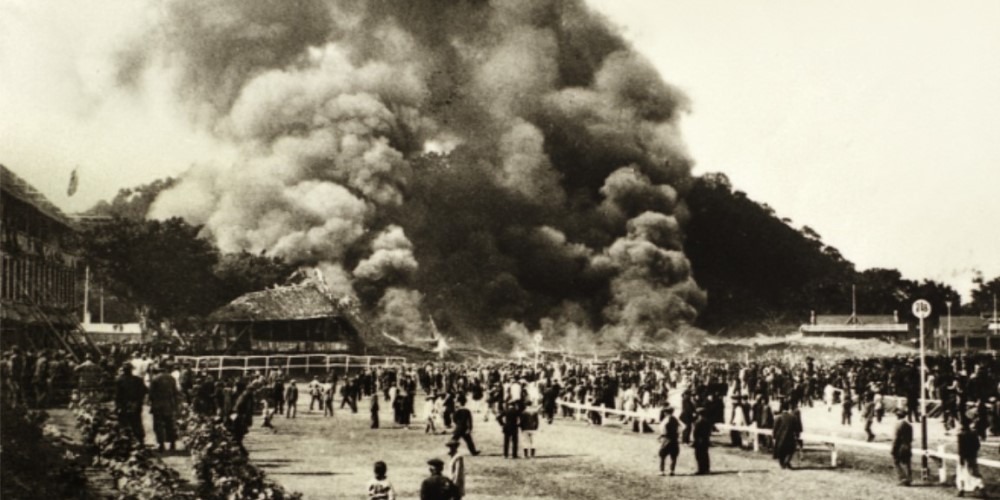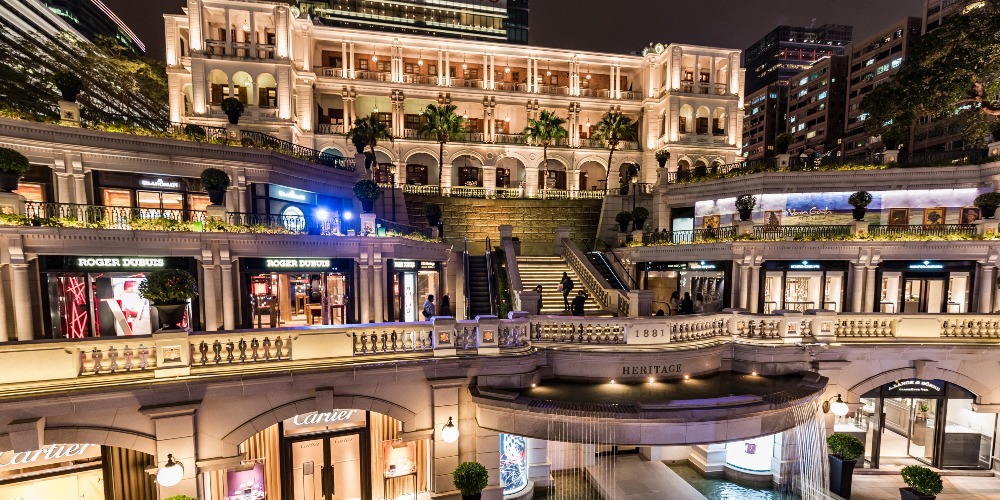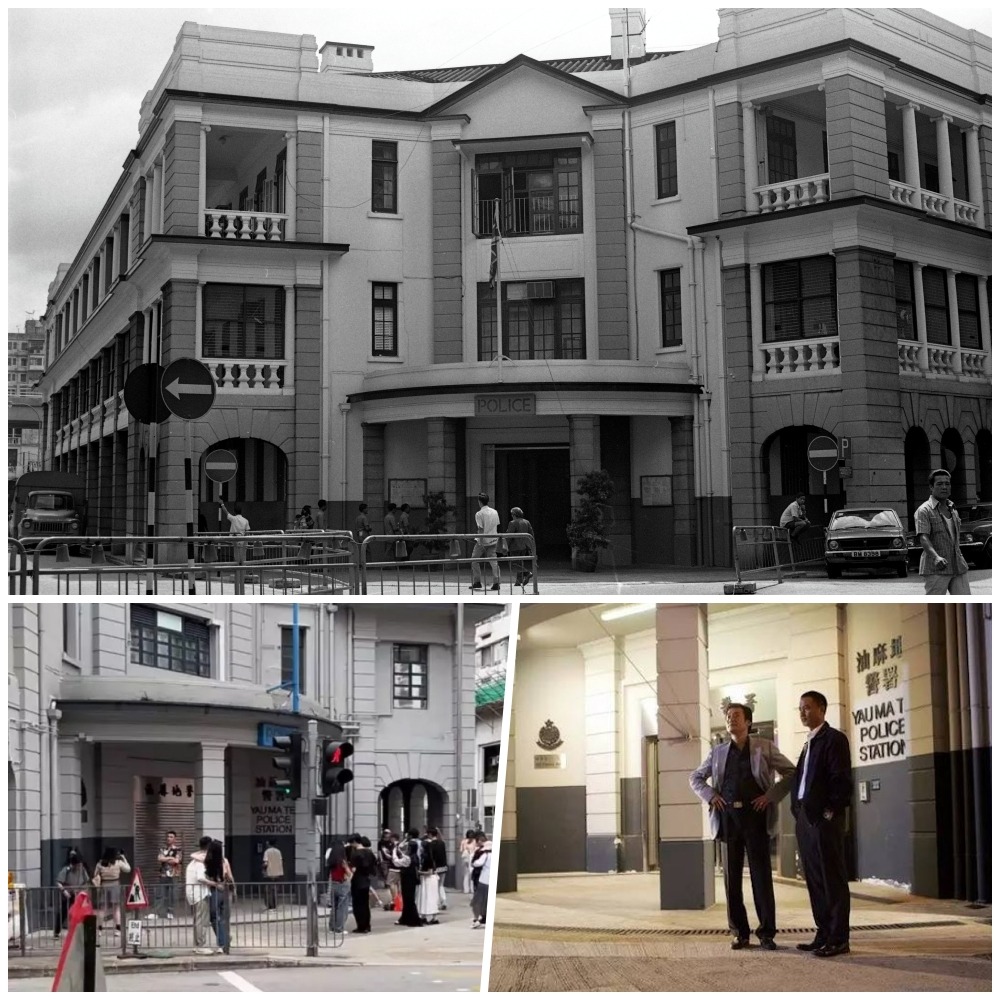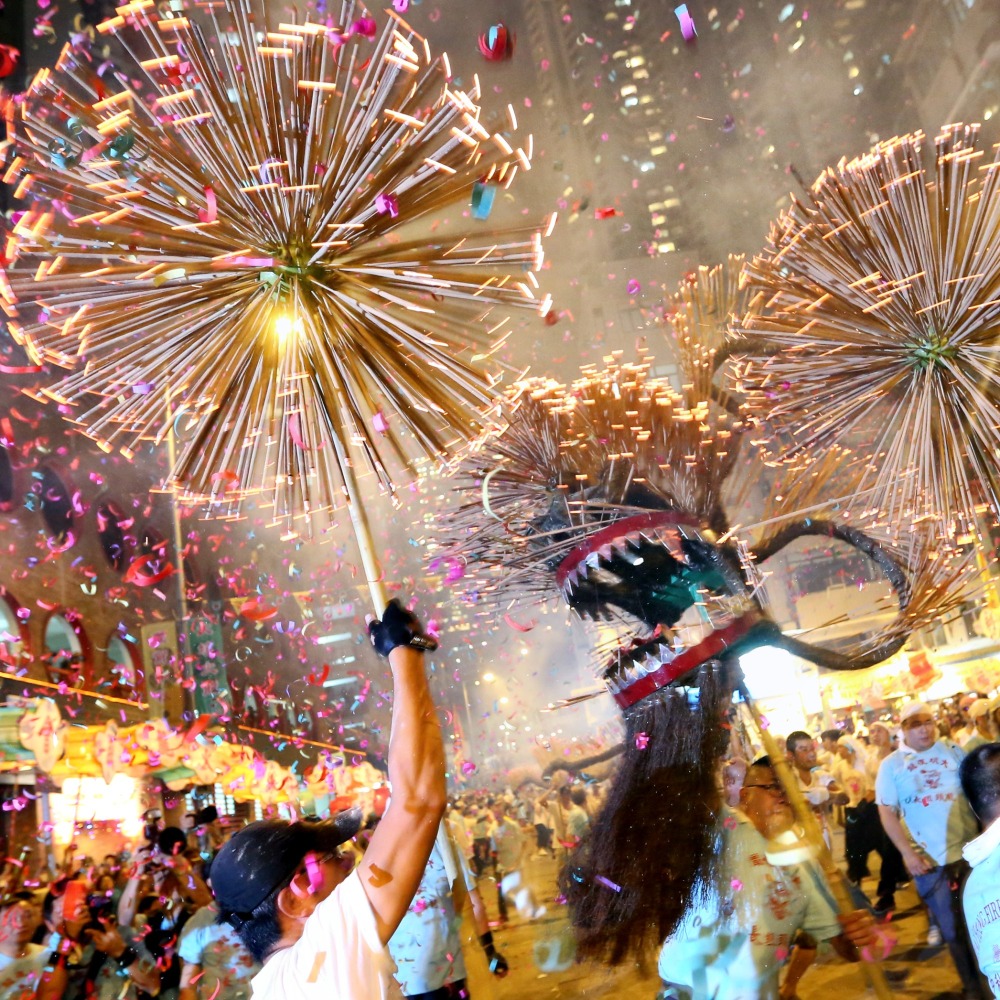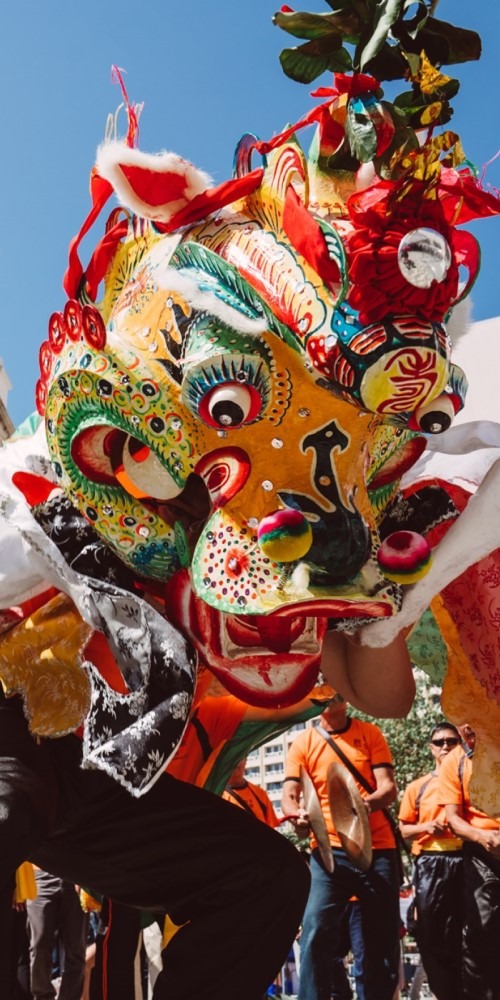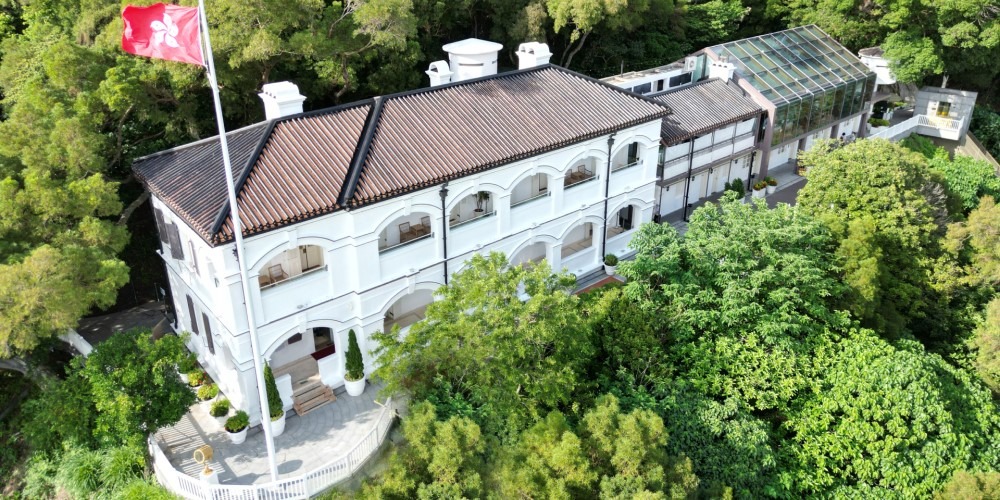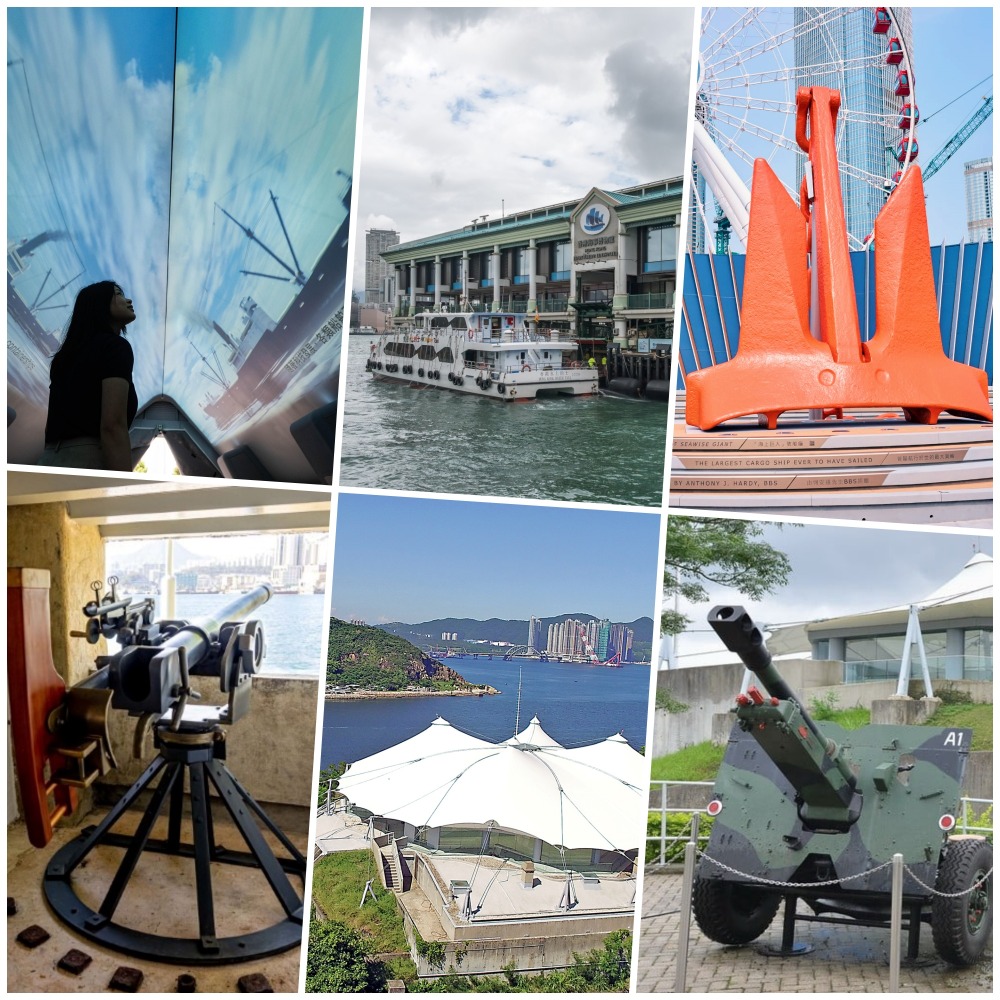Published : 2024-10-29
Hong Kong Coliseum (香港體育館), also known as the Hung Hom Coliseum (紅館體育館或紅館), quickly became a significant platform for local pop music since its official opening on April 27, 1983.
Many singers pride themselves on having the opportunity to perform in this venue. Until today, the Hong Kong Coliseum is still the preferred venue for singers to hold concerts.
HK residents love to attend concerts at Hong Kong Coliseum

In the 1960s, the Hong Kong Government initially wanted to build an indoor sports stadium on Hong Kong Island but could not find a suitable location.
Later, while Hung Hom Station (紅磡火車站) was being built, a plot of land was available nearby. The site was near the Kowloon exit of the Cross-Harbour Tunnel, which made it a transportation hub. Hence the site was chosen, and the venue is colloquially known as the "Hung Hom Coliseum" due to its location in Hung Hom.
The Coliseum was initially constructed as an international standard indoor sports stadium, but the rapid development of Hong Kong's pop music in the 80s and 90s inadvertently turned it into a hot venue for local singers to perform.
"Going to the Coliseum for a show" became the most anticipated entertainment activity, and it has also held collective memories for several generations.
Read More: Leslie Cheung, the superstar forever
Shaped like an inverted pyramid, the Coliseum was constructed from rooftop downwards which creates a maximum column-free space out of the 1,600 square metre arena, providing an unobstructed view of the arena for over 12,500 audience.
Over the years, many major sporting events have been held at the Coliseum, including the FIVB Volleyball World Grand Prix Hong Kong Station since the 90s, FINA Short Course World Championships in 1999, the 2009 East Asian Games, and the Hong Kong Open Badminton Championships since 2011, etc.

Singers compete for slots at HK Coliseum to hold concerts
However, the number of days hosting sporting events at the Coliseum can't compare to the number of days it hosts concerts.
The 1980s were glorious years for the local music scene.
Artists such as Sam Hui (許冠傑), Paula Tsui (徐小鳳), Alan Tam (譚詠麟), George Lam (林子祥), Roman Tam (羅文), Jenny Tseng (甄妮), Danny Chan (陳百強), Leslie Cheung (張國榮), and Anita Mui (梅艷芳) were extremely popular.
To accommodate more fans at concerts, the Hong Kong Coliseum which has over 10,000 seats, gradually replaced the Queen Elizabeth Stadium (伊利沙伯體育館) in Wan Chai, Academic Community Hall (大專會堂) in Kowloon Tong, and the Lee Theatre (利舞臺) in Causeway Bay, and became the primary venue for concerts.

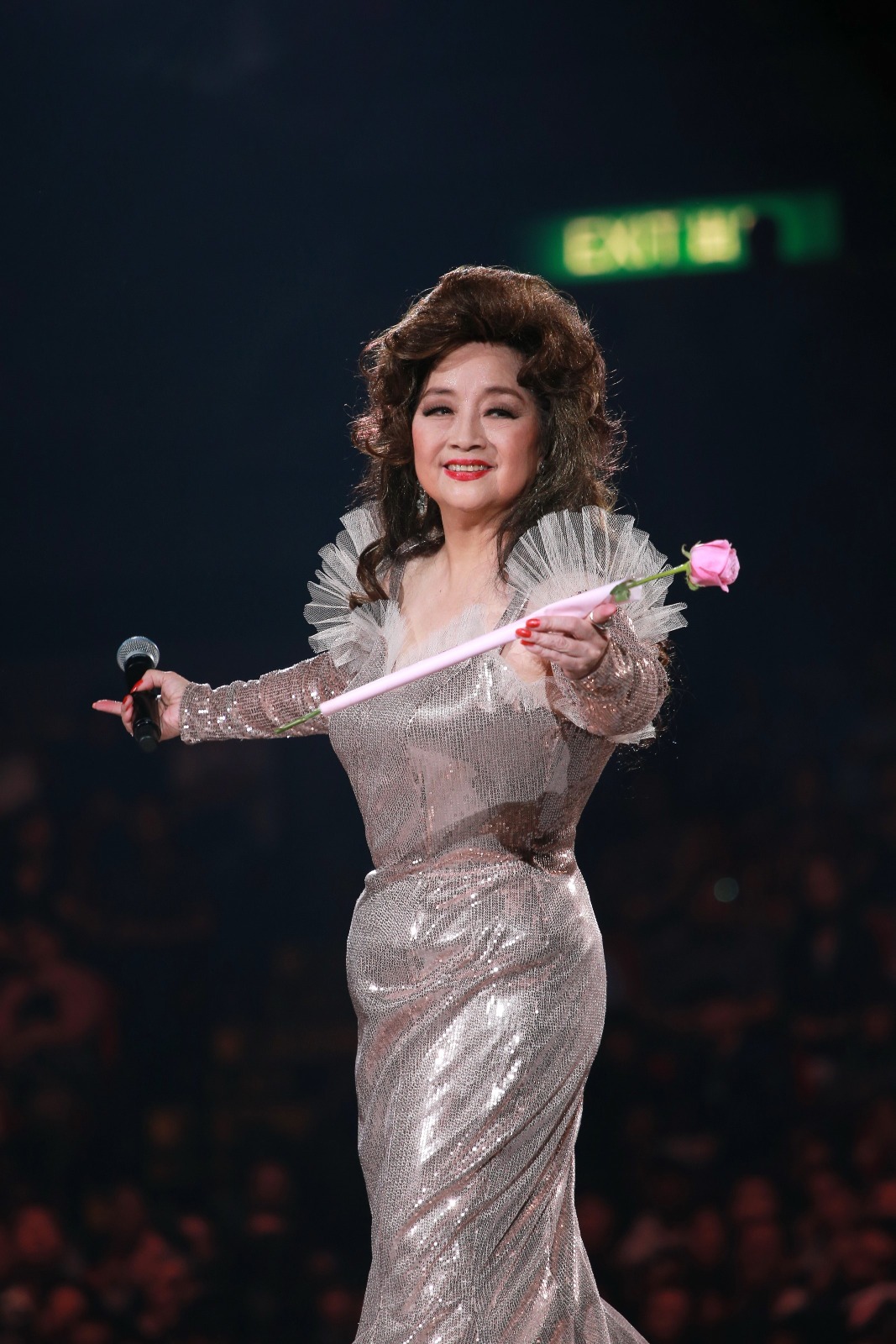
Sam Hui was the first singer to hold a concert at the Coliseum. He performed three solo concerts from May 5 to May 7, 1983, singing about social realities and satirizing the ills of the times.
After this, local singers successively took the stage at the Coliseum, setting new records for the number of solo concerts.
Paula Tsui's 43 "Glorious Paula Tsui Concerts" held in 1992, still holds the record for the most consecutive shows at the Coliseum.
Alan Tam held a total of 192 solo concerts at the Coliseum from 1984 to 2015, the highest number among all Hong Kong artists.
After the Reform and Opening-up in 1978, Hong Kong's film, television culture, and pop music began to flow into the Mainland, especially in neighbouring cities like Shenzhen.
People there watched Hong Kong dramas and listened to Cantonese songs. This cultural exchange subtly influenced society over the years, and by 2000, China had gradually became wealthier and the people's lives improved.
According to the statistics from National Bureau of Statistics of China (國家統計局) in 2000, China's GDP reached 1.08 trillion US dollars, with an average per capita income of approximately 850 US dollars. People at that time began to be willing to spend money on entertainment.
With the convenience of intercity railways, many young people from the Mainland travelled in groups to Hong Kong to attend concerts at the Coliseum, supporting their favourite artists, which quickly became a popular trend.
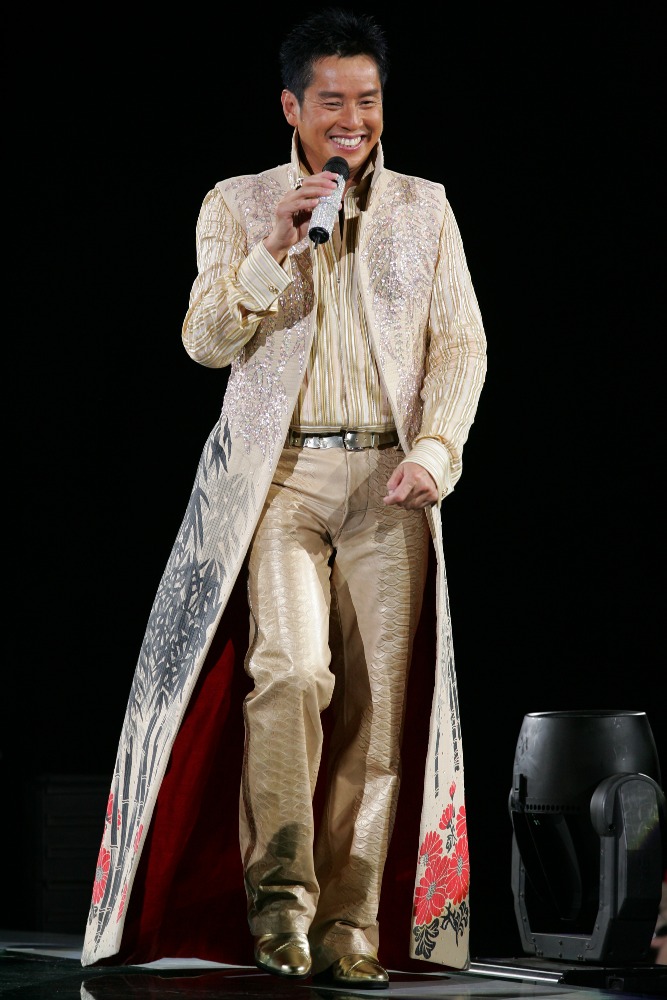
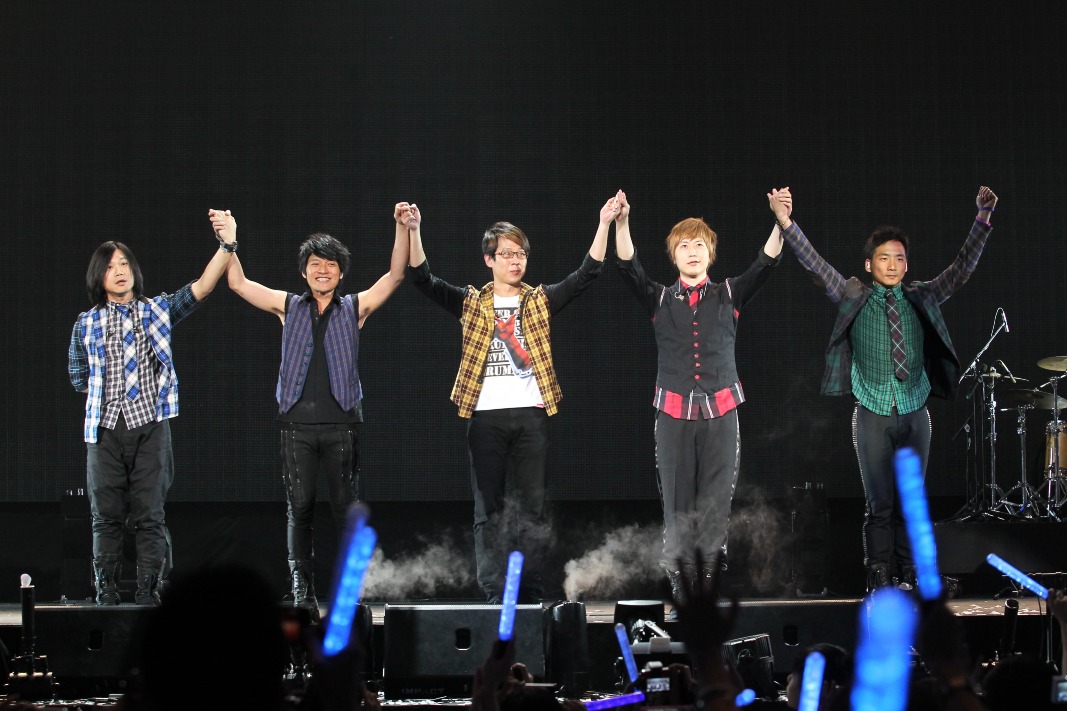
Read More: The outstanding song "A Laugh at the World"(滄海一聲笑) by James Wong(黃霑)
The Hong Kong Coliseum, originally an indoor sports stadium transformed into a concert venue, has contributed to the development of the city's music scene.
Unintentionally, it also became an important platform for pop culture exchange between Hong Kong and the Mainland. Until now, the role of the Coliseum still cannot be easily substituted.






